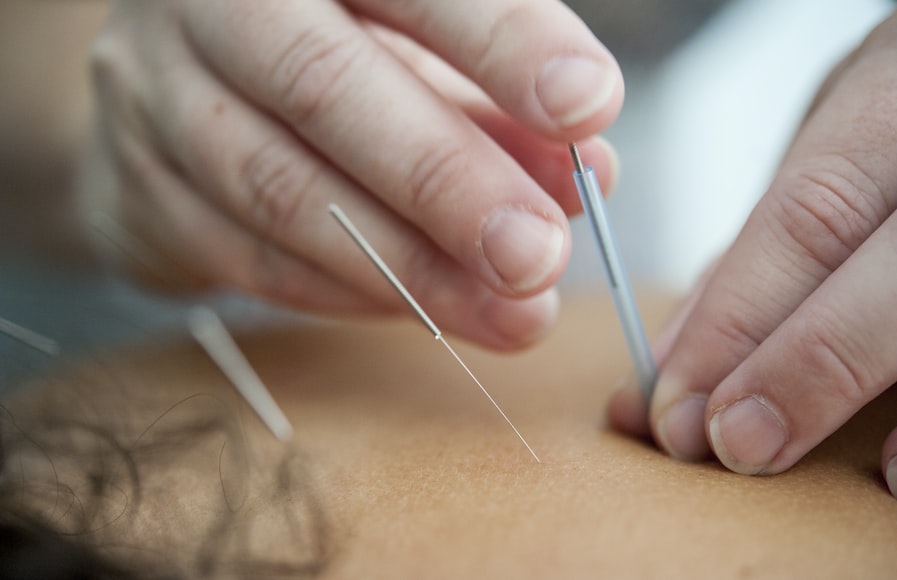
Are you aware that 1 in 10 women of reproductive age has endometriosis? Not only that, but it can take 7-10 years to get an accurate diagnosis of the illness!
Women with endometriosis are usually under constant prolonged pain. This crippling pain prevents them from doing pretty much anything, making living with endometriosis almost unbearable.
Regardless, you can put several measures in place to enable you to live with endometriosis easily and with minimal pain. Practicing healthy habits, alternative medicine, and even pain management can make a difference in your endometriosis journey.
What is Endometriosis?
Endometriosis, sometimes called “endo,” is a medical condition that occurs when the endometrial lining usually found in the uterus develops outside of it. The endometrium is a layer of tissue that lines the uterus’s surface and comprises several cells.
For women with endometriosis, these cells migrate from the uterus and develop in other organs of the body, which are usually the reproductive organs in the pelvis and abdominal cavity.
During menstruation, the endometrium usually thickens and sheds itself within the uterus, which causes the blood flow we see. The same happens with endometriosis, even though the lining is formed along with other organs and not inside the uterus. The endometriosis breaks down outside the uterus and results in internal bleeding, leading to inflammation, tissue scarring, and swelling.
Types & Causes
There is no verified cause of endometriosis, although there are different theories. Some suggest that it might be due to a mutation of the cells into endometrial cells, a transfer of endometrial cells through the lymphatic system or blood and attach to other organs, or a reverse movement of the endometrium during menstruation.
Hopkins medicine suggests that a more reasonable cause would be direct transplantation in the abdominal wall after a cesarean section or due to genetics.
The type of endometriosis is based on the location of the growth. The most common type is found in the thin film that lines the pelvic cavity, called superficial peritoneal lesions. The deeply infiltrating endometriosis, which affects about 1-5% of women with endometriosis, is found under the peritoneum and can involve the bladder and bowels.
The last type of endometriosis is endometrioma which occurs when the endometrium attaches to the ovaries. The body’s hormonal response during menstruation, which causes bleeding, can result in blood being trapped in the normal tissues of the ovary and a fibrous cyst. And there is hardly any treatment for this.
Endometriosis Symptoms & Diagnosis.
The symptoms of endometriosis usually mimic period cramps, making it difficult to diagnose. Getting an accurate diagnosis for endometriosis might involve meeting a specialist ready to listen and not ‘normalize’ the pain you are going through. Your symptoms also play a part in the diagnosis; the doctor can confirm it through a pelvic examination, an ultrasound, CT scan, MRI, a laparoscopy, or even a biopsy.
The symptoms and severity of endometriosis differ individually, but they may include:
- Severe pain
- Heavy menstrual flow
- Painful sex
- Vomiting
- Infertility
- Back pain
- Painful urination
Chronic pain is a symptom because of the inflammation caused by pooled blood in the pelvic and abdominal cavities during endometrial breakdown.
Effects of Endometriosis.
The physical and mental effects of endometriosis are beyond what I can mention in a blog post, but here are some effects:
Physical effects of endometriosis
- Fatigue
- Pain
- Infertility
- Abstinence from sex
- Financial loss
Mental effects of endometriosis
- Depression
- Anxiety
- Isolation
- Frustration
- Low self-esteem
Tips for living with Endometriosis.
The constant pain, frustration, and limited treatment options make living with endometriosis difficult and impossible. However, some women have been living and thriving with endometriosis. Celebrities and career women are crushing goals along with endometriosis, so you are not alone on this journey.
Although most treatment options are more of management than cure, there are several ways you can implement to make your journey with endometriosis more bearable.
1. Exercise
Stress is common in women diagnosed with endometriosis, and exercise can be an excellent way to reduce it.
You do not need anything vigorous like lifting weights or rock climbing, but simple stretching exercises or a jog can help. It might not directly impact the pain, but it will help. As they say, exercise is food for the body and soul.
2. Diet
The effect of diet on endometriosis is still being investigated, but there have been records of a healthy diet helping to reduce inflammation and pelvic pain during these episodes. A good diet never hurts anyone. And who knows, it might be your most effective disease management strategy.
Eating fruits, vegetables, healthy fat, nuts, and whole grains will give your body extra strength. Avoid caffeine, unhealthy fats, and gluten-rich food. Check out the list of other healthy foods for women with endometriosis.
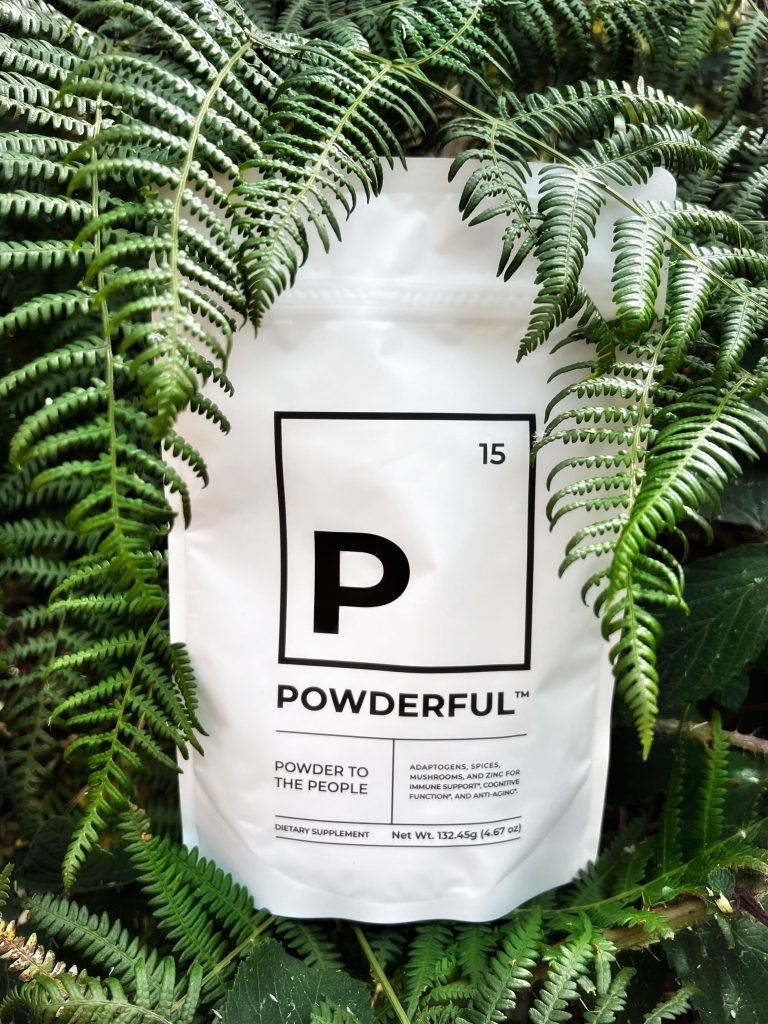
3. Alternative therapy
Knowing and deciding on the best alternative therapy for you will require a bit of self-advocacy (SELF-ADVOCACY TIPS FOR WOMEN WITH ENDO) from you. Still, there are several alternative therapies you can pursue to help manage your endometriosis. It might involve trying out different options, but it is rewarding to see one that works.
• Acupuncture
Karli Goldstein, MD, says acupuncture can help relieve pain and regulate your cycle. Using acupuncture also relaxes your body muscles and increases blood flow to important body parts.
Make sure to use approved acupuncture clinics when you decide to try it out.

• Hormone therapy
This therapy is an effective way to combat the pain of endometriosis, but there are a lot of reservations about it. The main reason for endometrial pain is the pooling of blood due to endometrium shedding, which occurs due to hormonal changes in the woman’s body.
Hormone therapy turns off the hormones responsible for menstruation, so the woman can’t get pregnant.
• Freeze eggs
Some women freeze their eggs to help preserve their chances of being able to give birth after combating endometriosis or finding the best treatment options for themselves that can help to manage their condition effectively.
• Cannabinoids
Cannabinoids are said to reduce some of the symptoms of endometriosis, including pain, fatigue, depression, anxiety, and inflammation, among others.
4. Holistic medicine
Holistic medicine involves alternatives to orthodox medicine and treating the entire body, including the mind.
• Heat
Soaking yourself in a hot tub or staying in a sauna might help reduce some of the pain that comes with endometriosis. Alternatively, you can use a hot pack or take a hot drink to relieve the pain.
• Herbs
There are several herbs you can use to relieve yourself of some endometriosis symptoms. Making hot chamomile tea can reduce cramps. Even peppermint can help, and there are several herbs to this effect.

• Epsom salt
Epsom salts are effective painkillers, and you can do well by soaking in a bath with Epsom salt. It can help relax your muscles and soothe your skin.
5. Reduce stress
Stress is a constant companion of women with endometriosis, which is understandable because of the continuous doctor’s appointments and the pain of the disease. It is, however, important to find ways to reduce this stress because it can worsen the symptoms you have.
Exercise, meditation, yoga, music, and aromatherapy are some things you can do to help reduce stress. The key is to find what works for you.
6. Healthy lifestyle habits
The worst thing you can do to yourself is live unhealthily after being diagnosed. Smoking, drinking, unhealthy food, lack of sleep, over-exhaustion, and so many others are unhealthy lifestyle habits, as these can increase the severity of your symptoms.
If you did these before, it’s time for a lifestyle change.
7. Surgery
Surgery is a serious treatment plan you might want to consider, especially if the severity of your symptoms is beyond your limit. The doctor will first locate the abnormal endometriosis tissue and remove it in the operating theater.
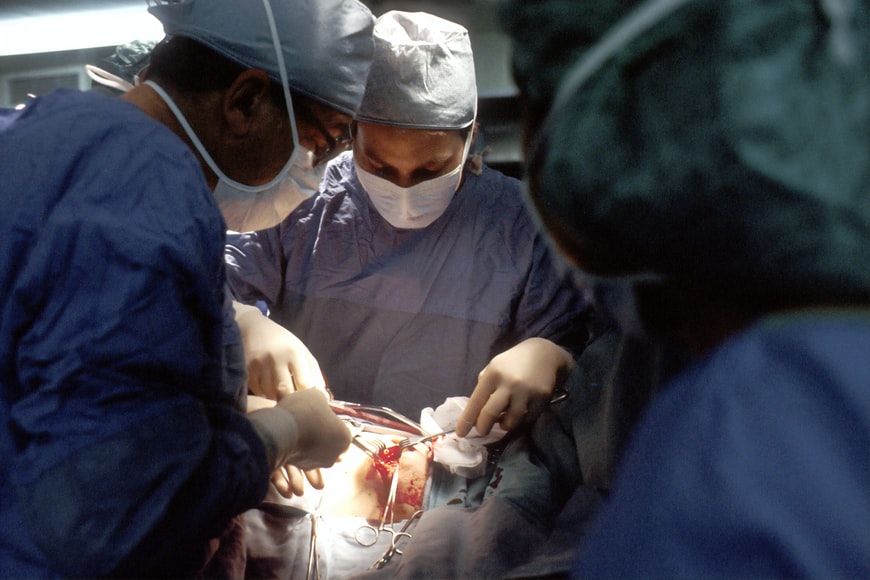
Conclusion
Endometriosis is a difficult condition to treat, and since there is no known cure for it yet, treatment is often based on individual symptoms. The pain of endometriosis is highly severe, and because it mimics the normal menstrual cramps women face, it is often misdiagnosed or not considered a health challenge.
After diagnosis, the struggle continues, and you have to start reconditioning your mind and body to accommodate a demanding partner. The struggle is complex, challenging, and frustrating, but by implementing some of these tips, you can find yourself satisfactorily living with endometriosis.
What has been your biggest challenge with endometriosis? What facts about endometriosis do you think people should know? Have the best tip for endometriosis? Do share!
READ ALSO: How to Enjoy Life and Live Happily with a Chronic Illness
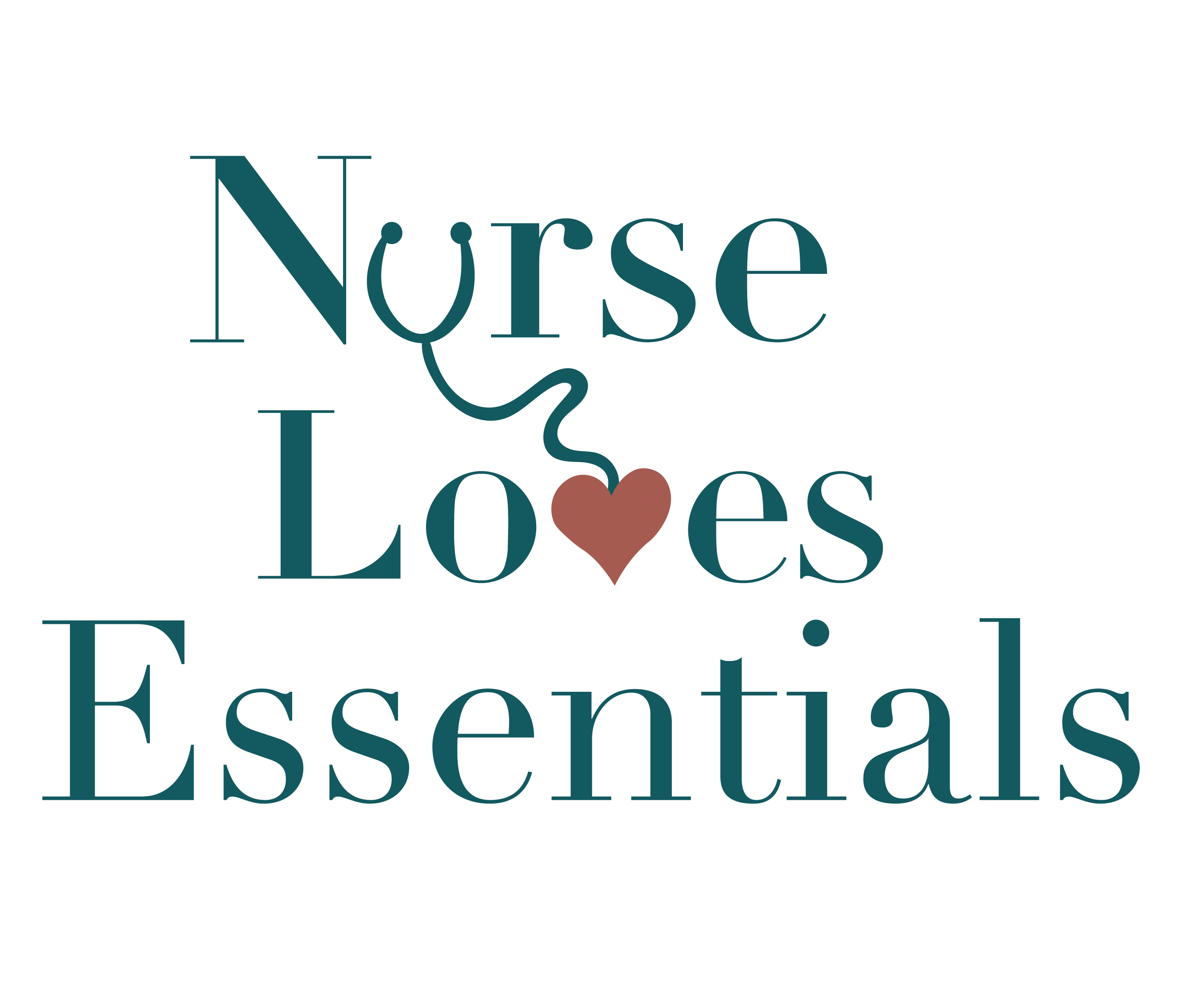

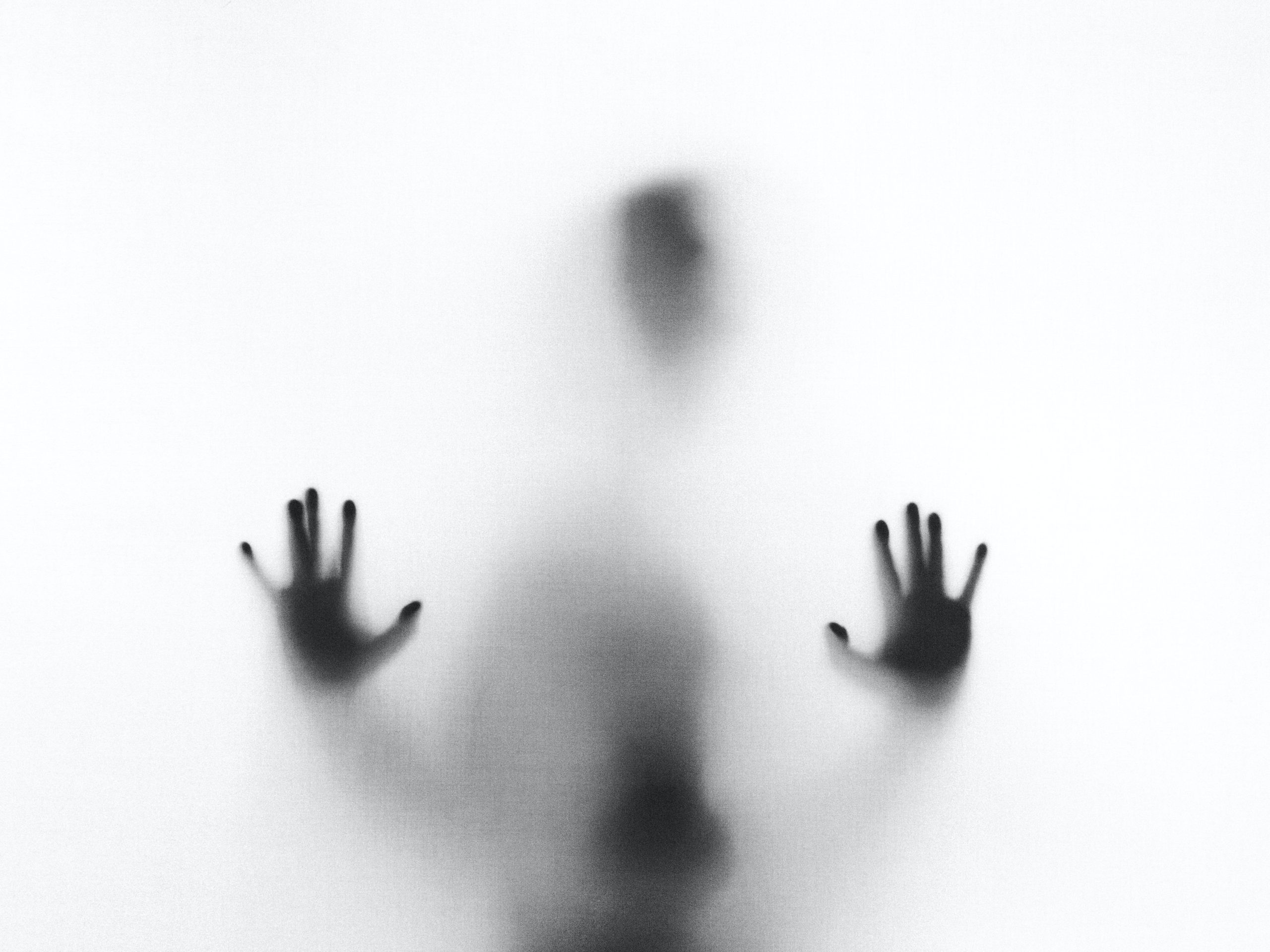

0 Comments